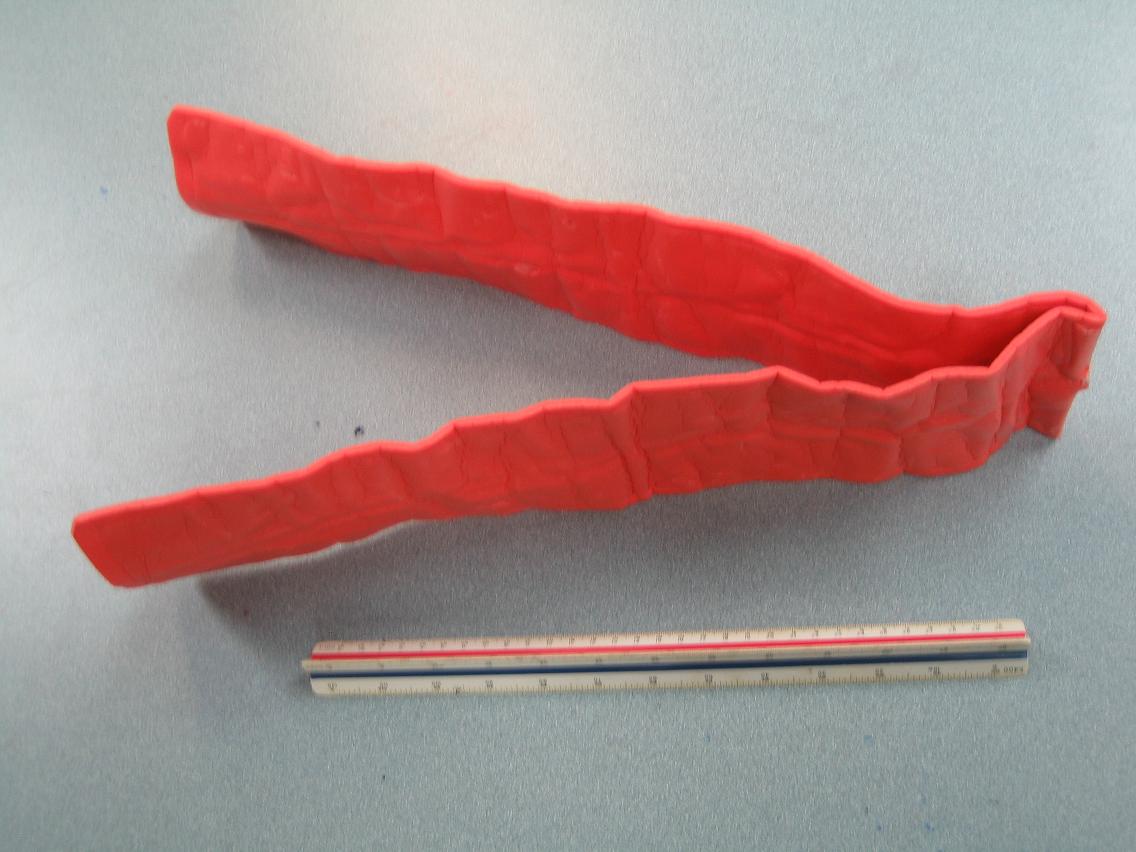A fracture refers to a crack or a break in a bone. When a person is fractured, he will first hear a snap and then experience an acute pain. With care and effort you can provide first aid to a person who has undergone a fracture. A fracture can usually be seen as an open wound or a protruding bone in most cases.
Signs and Symptoms
If a fracture results in a lot of pain and trauma, call 911 or a local emergency number immediately. You will know if a person is fractured if:
- The patient explains that he or she heard an audible snap during the accident
- The patient may tell you that he or she is feeling a rubbing in the bones also called crepitus
- There is a swelling in the affected area
- The person is bleeding heavily
- The affected joint or limb seem deformed
- Loss of strength
- A gentle press causes sharp pain
- The bone is piercing through the skin
- The extremities of the injured leg or arm, such as fingers or toes appear bluish
- The neck, head or back seems deformed if a bone is broken in these areas
- A bone is broken in the pelvis, hip or upper leg
- Twitching
- Immobility or the person becomes unresponsive. There is no breathing or movement.
First Aid

The first thing you need to make sure is that you should know what you are about to treat. Familiarize yourself with the signs and symptoms of fractures mentioned above before you begin first aid.
- If the person is bleeding heavily and you suspect a broken bone in the arm, leg, hip, pelvis or neck, make sure you take care of it before you call for help. If you are not alone, it is better if you make someone else callinstead.
- Use a sterile piece of fabric to apply pressure on the wound to stop it from bleeding. If there is no bleeding or spurting of blood, do not firmly press the injured area with a cloth as it would cause more damage to the affected area.
- Do not try to treat the area if a bone is protruding out by trying to realign the bone. If you have been trained to secure such a fracture, in case professional help is not available, secure the area below and above the affected site. You can also pad the splint to make the person feel a bit more comfortable.
- Do not apply ice directly on the wound, instead wrap it around a towel or a sterile cloth and apply pressure with it on the affected area to prevent bleeding.
- Do not try to touch or poke the wound to over-investigate the problem. If the affected area is swollen or discolored, it is obviously fractured. Therefore, leave it to a professional to further investigate and treat the wound.
- Do not wash the wound.
- If a person is unconscious or breathless, make the person lie down with his head lower than the chest. Raise the legs upwards, if possible.
